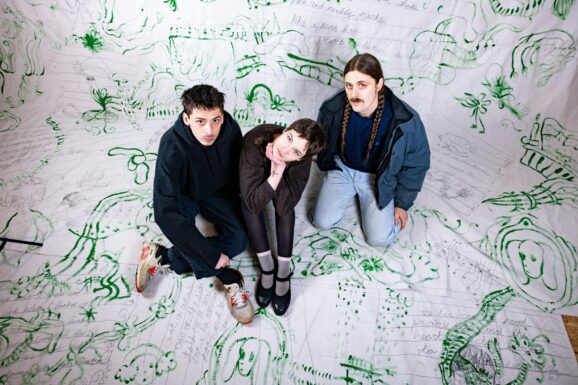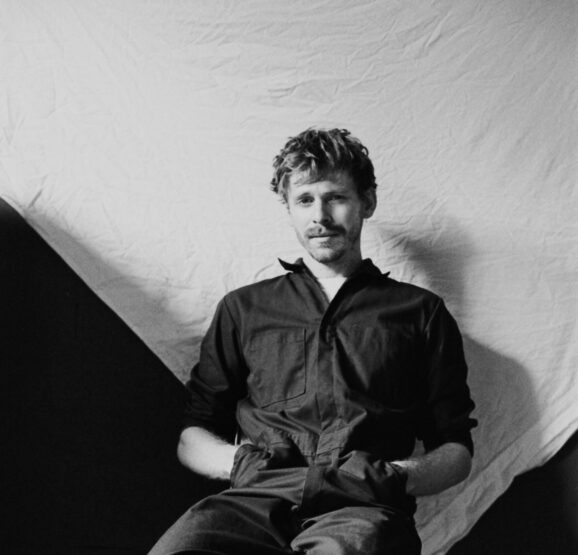Hidden Flick: Money, Love & Strange Pt. 2
Sometimes the only Birds of a Feather are found when one looks in a mirror. Sometimes, you’re IT in your little world, and keeping others from that fact comes with a price. Certainly, paying someone to find out things about your long, forgotten past, and then killing people who find out about the events in that very past sounds downright insane. Yet, that’s exactly what Orson Welles does in this week’s Hidden Flick, Mr. Arkadin a.k.a Confidential Report.

The eternal enfant terrible of the cinema wrote, directed and played the title role of the mysterious and eccentric billionaire (are there any other kinds?) who is trying to hide a shady past from his innocent adult daughter still wallowing in the fantasy that her father’s huge mound of cash was accumulated by good old fashioned hard labor. Nope, the man is downright filthy, corrupt and evil and she’ll find out eventually—or so he fears.
Welles, as he did so often in his directorial escapades, created a landmark visual and audio experience—truly a work of complete cinema—with bizarre camera set-ups, voice-overs in which he sometimes plays multiple characters, shadowy tricks of the light, buildings as medieval gothic playgrounds, towering figures hidden by masks (often Welles in the title role as the extremely wealthy man with a secret), and, as always, wonderfully strange actors playing characters you’d only find in a…well…Welles’ flick. READ ON for more about Welles’ Mr. Arkadin…












